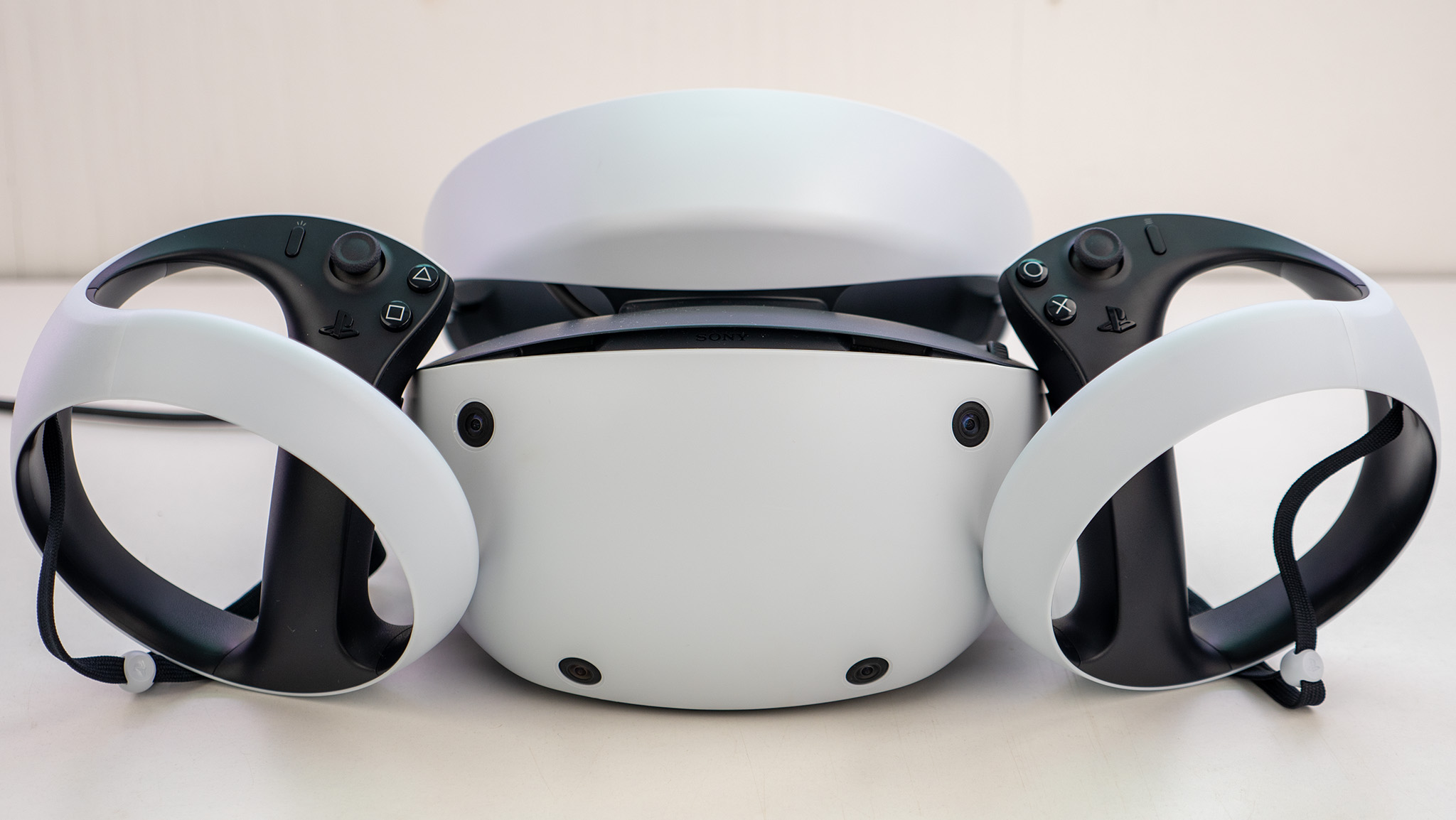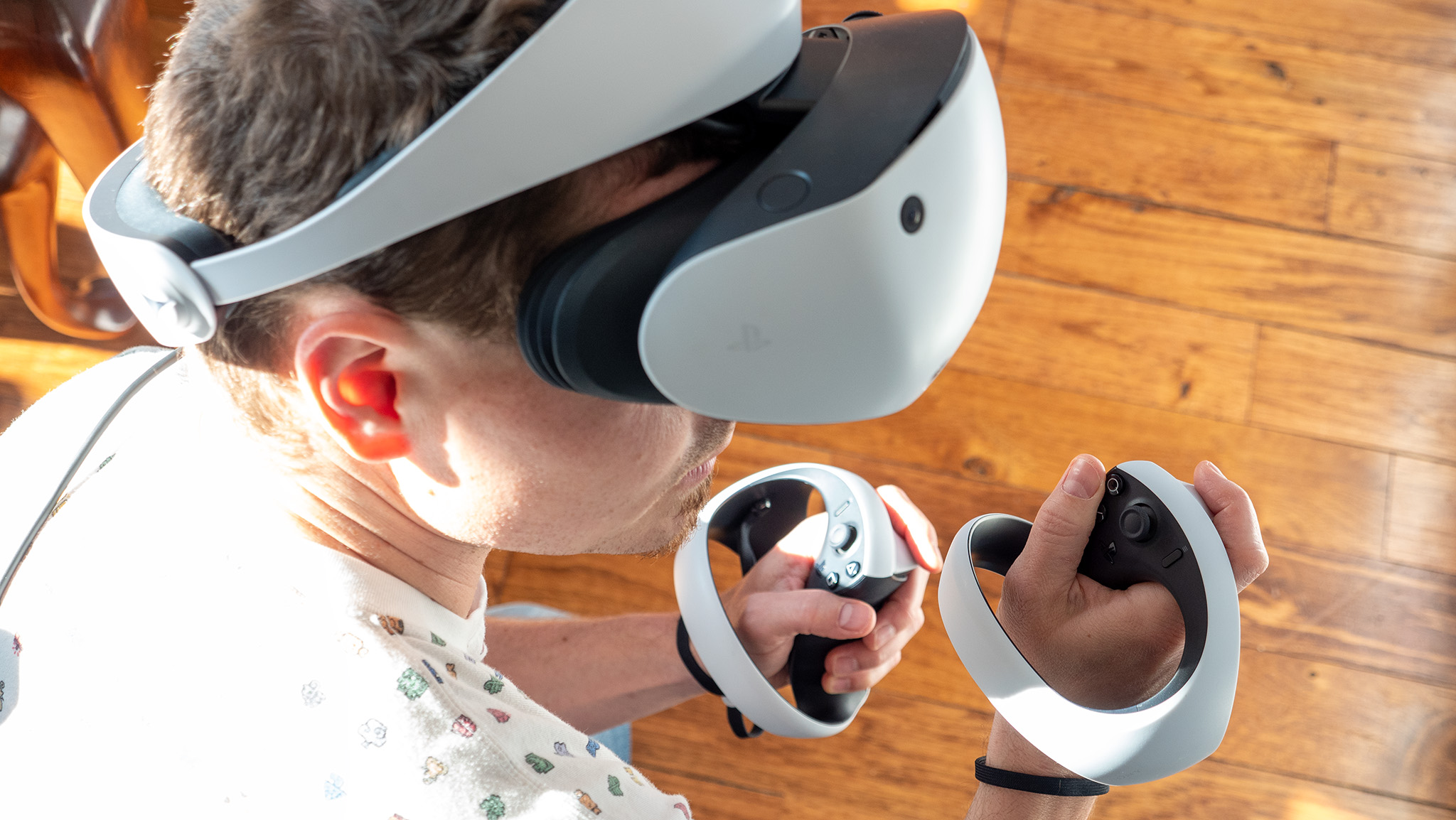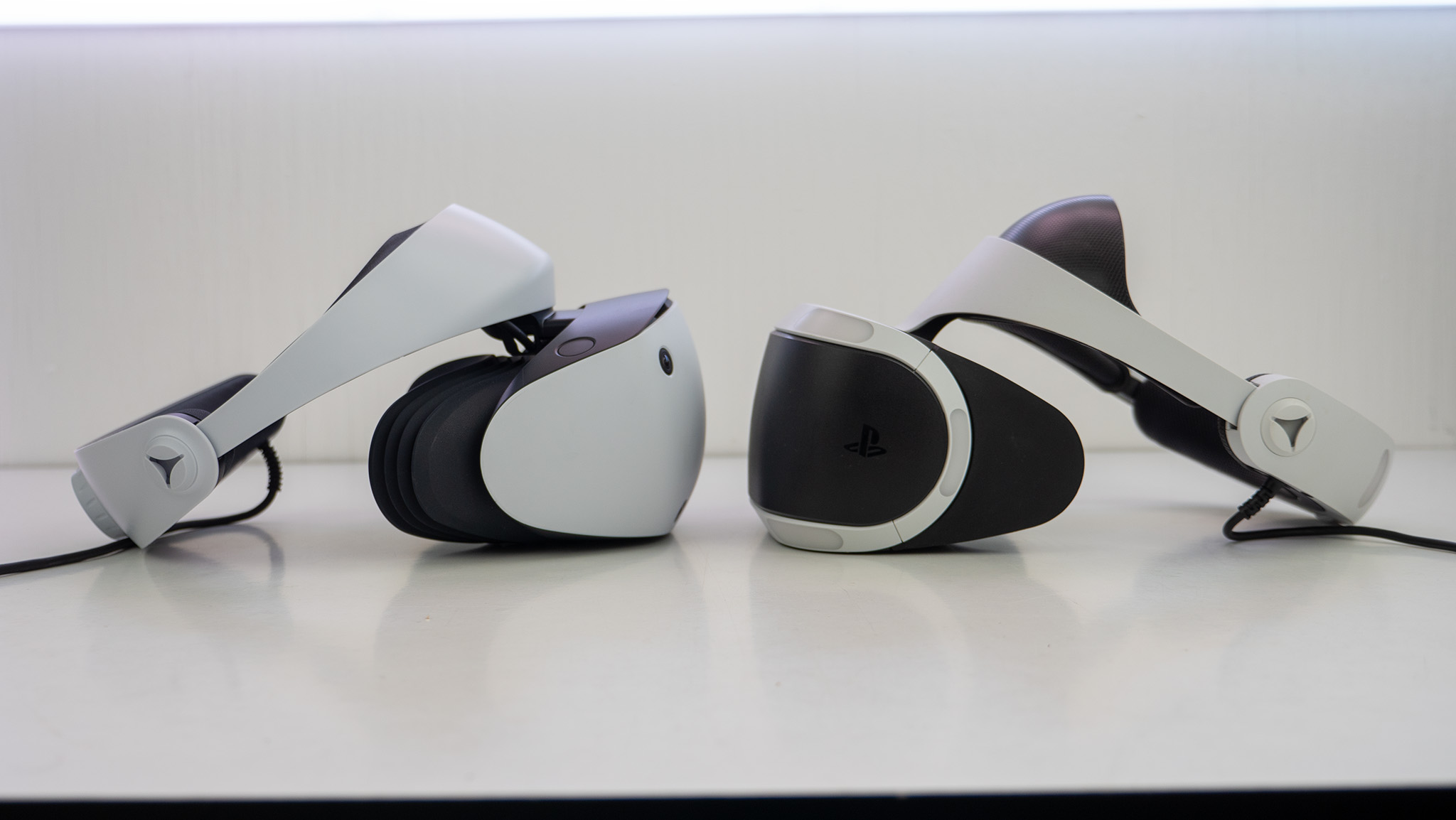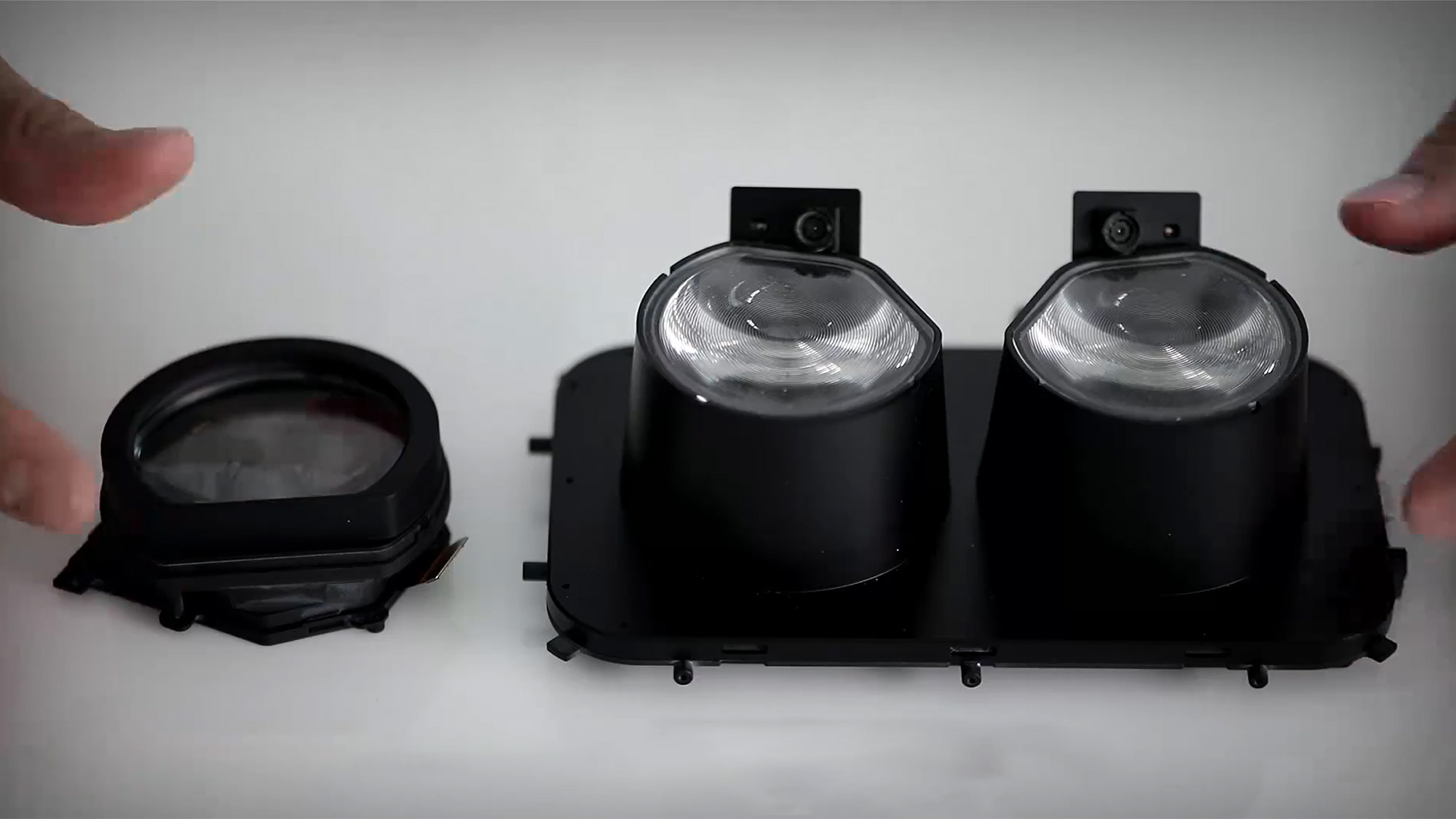
After a moderately successful 7-year lifespan, the original PSVR was getting a little long in the tooth. Cue the PSVR 2, a new VR headset by Sony released exclusively for the PS5 in February 2023 with mostly cutting-edge technology at a price that's actually higher than the PS5 itself. That strategy was worrying, to say the least, and it was compounded by a number of other issues with the headset and the way Sony is marketing it.
Sure enough, IDC's Francisco Jeronimo told Bloomberg that Sony has only sold 270,000 units between the PSVR 2's launch on February 22 and the end of March. IDC is a research firm that analysis and tracks the sales of many different types of products and is commonly used to help determine the market success of the best smartphones, smart watches, video game systems, and many other products.
But while Bloomberg's report erroneously attributes the PSVR 2's slow sales to the metaverse's "failure to launch," the reality is that Sony itself has been sabotaging the PSVR 2 since the beginning. Funny enough, I wrote about this before the PSVR 2 went on sale based on a similar report and now it looks like that is coming true.
One foot out the door

I don't doubt Sony is "serious about VR," as many enthusiasts, gamers, and journalists have claimed. The company wouldn't be spending any money on R&D if it weren't, and the strategy of building many of the most important components for VR connectivity into every PS5 sold certainly backs that up.
But Sony's marketing and sales strategy for the PSVR 2 is puzzling. It's one thing that Sony launched the PSVR 2 at a price that's $150 higher than the digital-only PS5 in most regions of the world — and $50 than the disc version of the system — but, to make matters worse, the company is only selling the PSVR 2 through its online storefront.
That's right. You can't walk into the nearest Best Buy, GameStop, Walmart, or other establishments where consumers typically buy video game systems and pick one up. You can't even order one on Amazon!
You can't even order one on Amazon!
In the year 2023, could you imagine a more foolish strategy as a company hoping to sell up to a reported 2 million units in the "launch window," as Sony allegedly had hoped?
I imagine someone at Sony thought that cutting out the middleman was the best way to increase profits but it seems the company failed to take into account the fact that most consumers don't buy products directly from companies, especially not electronics.
I surmise the only exception to this rule is when purchasing an iPhone or Galaxy phone where great deals are made by said companies if you are trading in your old phone for a new one, but Sony doesn't offer any kind of plan like this.
In fact, the PSVR 2 isn't even backward compatible with PSVR 1 games, meaning you'll need to hold on to your original PSVR if you want to play any classic VR games that haven't received a port to the PSVR 2.
It almost feels like Sony is sabotaging its own product so it doesn't have to continue with development for another generation. And it gets worse.
Ye new olde tech

To put things into more perspective, the oft-rumored Apple AR/VR headset is only expected to sell around 200,000-300,000 units in its first year according to analyst Ming-Chi Kuo. The biggest reason for that relatively low number is the cost. Apple's AR/VR headset is rumored to cost anywhere between $2,000 and $3,000 if it ever actually launches for consumers to purchase.
Aside from Apple's historical propensity to sell its products at a high price, the reason behind it this time is that the aforementioned headset is purportedly packed to the gills with cutting-edge tech.
The same can't really be said of the PSVR 2. While Sony certainly modernized the VR headset with things like inside-out tracking — that's the term for headsets with cameras onboard — cutting-edge haptics in the headset and controller, and an HDR OLED display, the company seems to have missed several other important innovations in the VR space since the PSVR 1 launched seven years ago.
Sony certainly modernized the PSVR 2 but it forgot to futureproof it.
In fact, if you looked at the picture above and didn't know anything about VR headsets, you might not even be able to tell which headset looks newer.
The first and almost certainly worst are the lenses that Sony used. Fresnel lenses, as they are called, are an extremely dated piece of technology that makes the PSVR 2 larger and heavier than it needs to be. Current headsets like the Quest Pro and Pico 4, as well as upcoming headsets like the Quest 3, use what's called "pancake lenses" that are substantially smaller and lighter than Fresnel lenses, as you can see in the image below.

Sony used Fresnel lenses in order to outfit the headset with an HDR OLED display but, as it turns out, this display is relatively low resolution when compared to the LCD displays on other VR headsets. Yes, the black levels and contrast are substantially better than other headsets but the resolution difference was, in my opinion, not worth the decision here.
Not only that, but Sony is still using a non-removable halo-style strap that many users have complained about, citing both comfort issues and inability to find that "sweet spot" of clarity when wearing it. To note, Fresnel lenses have a very small spot in the center that provides the clearest image while the rest of the lens will appear blurry when looked through.
These lenses began life as a way to amplify the light coming from the top of a lighthouse, after all. Not a way to provide a clean and clear image in a VR headset.
Additionally, Sony's reliance on a non-removable cable to power the experience limits the PSVR 2's reach in a room and the overall movement of VR gamers. Meanwhile, Quest and Pico headsets can stream high-fidelity PC VR games wirelessly, helping to prevent tripping hazards.
No, the PSVR 2 isn't doomed but Sony does need to get more serious about its sales strategy for the VR headset.
I've noticed that I don't physically move as much when playing PSVR 2 games as I do when playing on my Quest Pro and that's really just a huge missed opportunity for Sony.
So does all this mean that the PSVR 2 is doomed to fail before it really gets off the ground?
No. I think if Sony can wisen up and start selling its headset at retail outlets and partners like Amazon, it'll see sales jump simply because more gamers will know the thing exists. Right now, unless you're specifically looking to buy a PSVR 2 and go to Sony's own website to purchase one, you simply won't know it exists.
Plus, it's not like Sony has been particularly energetic about marketing the headset in the first place. It took the company nearly 2 years to finally unveil the headset after teasing it and, even then, the launch was mostly a quiet affair.
Sony, it's time to get serious about this thing.







